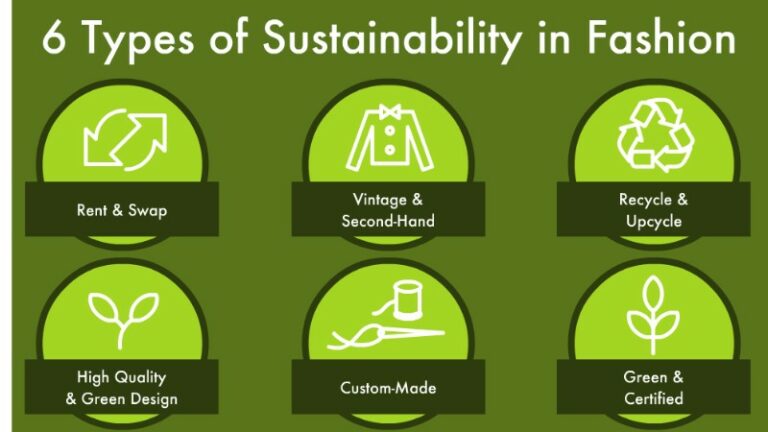Is Zara ecofriendly?
Today we discuss Is Zara ecofriendly. As consumers become more aware of the impact of their purchases on the environment, sustainability has become a crucial consideration for many shoppers. Zara, one of the fast-fashion giants, has faced criticism for its environmental impact.
However, in recent years, the company has made several sustainability commitments. But are these efforts enough to consider Zara eco-friendly? In this blog post, we will explore Zara’s sustainability efforts and evaluate whether the brand is truly environmentally conscious.
Is Zara ecofriendly:
Sustainable materials:
One of Zara’s main sustainability commitments is to use more sustainable materials in their products. The brand has introduced eco-friendly materials such as organic cotton, Tencel, and recycled polyester in some of its collections.
For example, Zara’s Join Life collection uses a combination of cotton from sustainable sources and recycled polyester, reducing water consumption and waste.
Additionally, Zara’s parent company, Inditex, has committed to using 100% sustainable cotton by 2025. While Zara’s efforts in using sustainable materials are commendable, it is important to note that the brand still produces a vast majority of its products using conventional cotton and synthetic fibers.
Waste reduction:
Zara has also made efforts to reduce waste in its operations. The brand has implemented a garment collection program, where customers can donate their used clothing at Zara stores.
The company then sorts the clothing for reuse, recycling, or donation. Zara is also working on reducing waste in its supply chain by implementing a “closed-loop” production model.
In this model, waste is collected and transformed into new materials, minimizing the amount of waste produced. However, there is little information available on the effectiveness of these programs and their actual impact on waste reduction.
Transparency:
Zara has improved its transparency in recent years by publishing its list of suppliers and factories. The company also reveals where each item of clothing is produced, providing more information about the brand’s supply chain.
Zara has also provided information on its environmental impact on its website, including its carbon footprint and water consumption. This increased transparency allows consumers to make informed decisions and holds the brand accountable for its actions.
Energy consumption:
One area where Zara has room for improvement is energy consumption. The brand has set a goal to use renewable energy sources in all its offices, stores, and warehouses by 2025.
However, there is little information available on the brand’s current energy usage or progress towards achieving this goal. Given the vast number of Zara stores worldwide, reducing energy consumption should be a priority for the brand.
Ethical considerations:
While sustainability is crucial, it is also important to consider ethical considerations, such as fair wages and worker’s rights. Zara has faced criticism for its labor practices, including low wages and unsafe working conditions in some of its factories.
However, the brand has taken steps to improve its ethical standards. Zara is a member of the Better Cotton Initiative, which promotes better labor practices and environmental sustainability in cotton production. The brand has also implemented a code of conduct for suppliers, which includes fair labor practices.
Conclusion:
Zara has made several sustainability commitments in recent years, including using more sustainable materials and reducing waste. While these efforts are commendable, Zara still has room for improvement, particularly in reducing energy consumption and ensuring fair labor practices. Overall, the brand has made progress in becoming more environmentally conscious, but there is still a long way to go to consider Zara truly eco-friendly. As consumers, we have the power to push for change by making environmentally conscious purchases and demanding more sustainable practices from our favorite brands.


